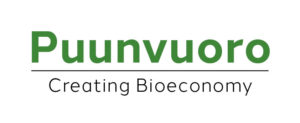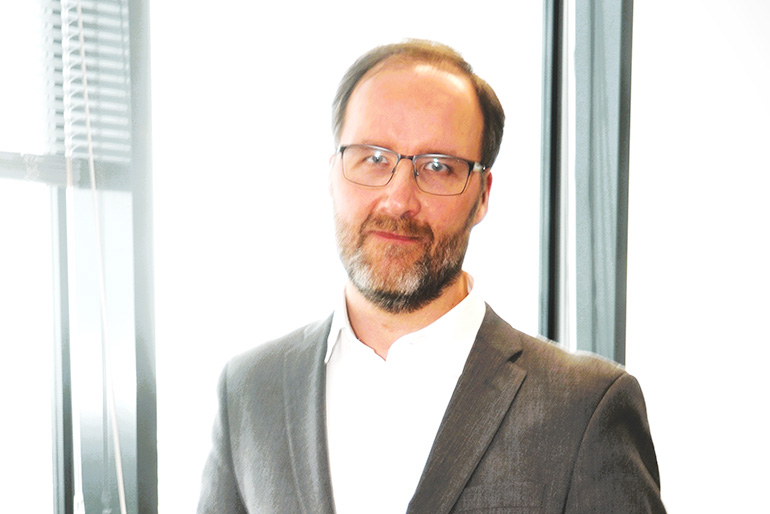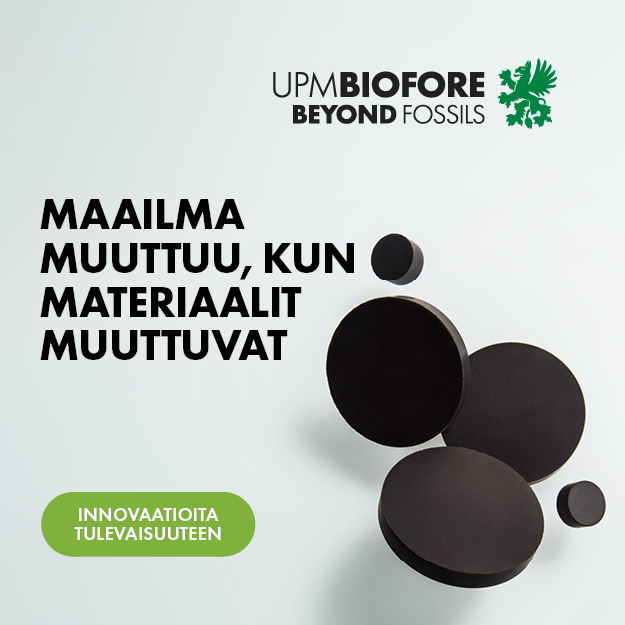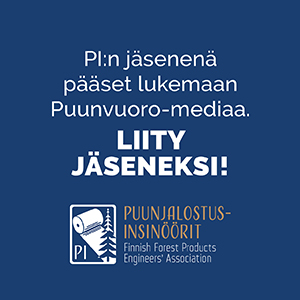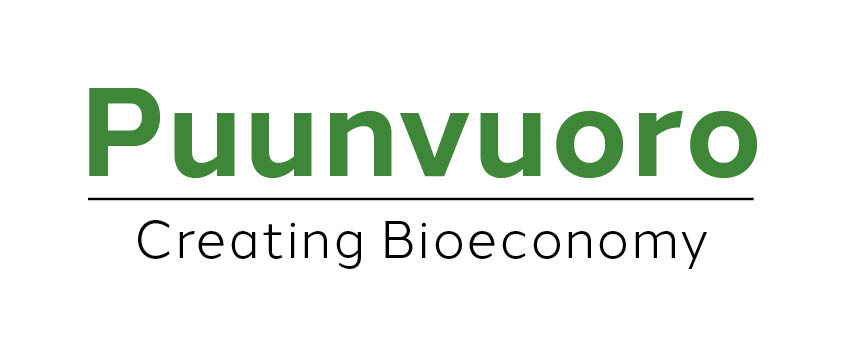Current climate scenarios for how the EU could reach its climate targets rely too much on biomass, requiring a 70-150 % increase in using biomass for energy and material purposes compared to now. So, at some point we need to make choices regarding how we utilise biomass that is extremely important for the production of paper and board, chemicals, and novel materials”, says Janne Hulkko at Sweco.
“I believe that the transition to bioeconomy in a wider context brings considerable business growth opportunities to companies, which have been and are willing to develop sustainable new products and their production technologies”, he adds.
At Sweco, Janne Hulkko works as a specialist in bioeconomy-related projects and services and their sales. He has long experience from research and development and has earlier served as technology manager and research team leader at the VTT Technical Research Centre of Finland.
“My extensive experience in chemistry helps me understand what happens to feedstock in processes at the molecular level and how the conversions influence the structure and properties of formed chemicals and materials”, Hulkko says.
Hulkko believes that the new normal will be carbon circular economy, which combines renewable feedstocks, including side-streams and biowaste, captured CO2, hydrogen technologies, renewable energy, and recycling of plastics and other materials. We will see more and more high-value products coming to the market Hulkko says. The real value creation stems from the new functionalities and improved performance of biochemicals and materials, not just from the substitution of existing petrochemicals with structurally identical naturally-sourced alternatives.
“With sustainable chemistry we can reshape our future and generate solutions we all need in our daily life. The chemistry has enabling role in circular bioeconomy. With chemistry, processing is possible at the molecular level and chemical industry is strong networker. It is strongly linked to all other industries by producing materials and solutions for them”, says Hulkko.
Green hydrogen and low-carbon products
“Hydrogen applications play a growing role in the forest industry’s domains of energy, logistics and products. Therefore, hydrogen-related regulation and policy measures are a focal point of advocacy at the Finnish Forest Industries Federation. As the technology develops, the price of CO2 capture and hydrogen production continuously falls. Large-scale investments in CO2-based ethanol, methanol and aviation fuel are just around the corner to support climate change mitigation and to reduce our dependence on fossil resources. Low-carbon products made with green hydrogen could become a significant export product for Finland”, explains Hulkko.
P2X – 20MW green hydrogen plant
P2X Solutions, a Finnish hydrogen production forerunner, is currently preparing for the construction of Finland’s first green hydrogen production plant in Harjavalta. Sweco has been P2X Solutions’ partner since the feasibility studies and continues as the plant’s engineering consultant.
The project comprises a 20-megawatt green hydrogen production plant and methanation unit. The construction work will begin in autumn 2022, and the plant is expected to be completed in summer 2024. In addition to preparing for the construction of the new plant, the company has already begun planning future similar plants.
P2X Solutions produces completely emission-free green hydrogen by water electrolysis using renewable energy sources. The company further processes some of the green hydrogen into renewable synthetic fuels, such as synthetic methane. The heat and oxygen generated as by-products can be utilised in industrial processes.
“We are on the pulse – whether that means Power-to-X or green hydrogen technologies, plastics recycling or biodiversity issues in addition to pulp & paper, and energy technologies”, states Janne Hulkko at Sweco.
Text Leif Lindberg
